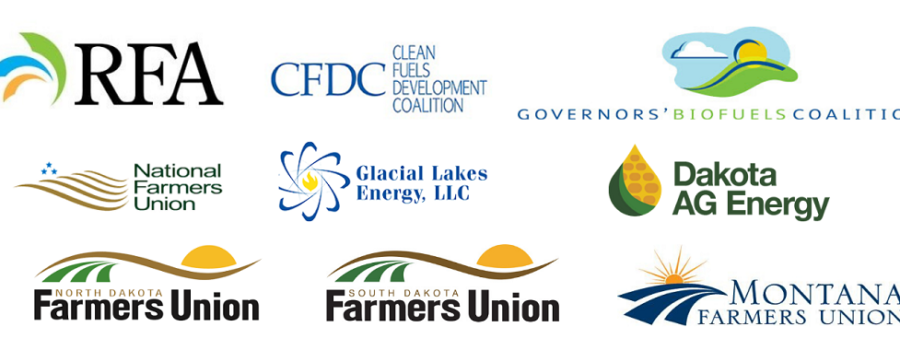Letter to EPA Regarding Covid-19 & Fine Particulates
May 8, 2020
The Honorable Andrew Wheeler
Administrator
United States Environmental Protection Agency
1200 Pennsylvania Avenue, NW
Washington DC, 20460
Dear Administrator Wheeler:
We were greatly disappointed to read recent statements by you and Tony Cox, the chairman of EPA’s Clean Air Scientific Advisory Committee (CASAC), that grossly mischaracterized the science linking fine particulate matter to greater incidence of adverse health conditions, including the pandemic of Covid-19. In particular, Mr. Cox disparaged a recent study by the Harvard University T.H. Chan School of Public Health linking air pollution to higher Covid-19 death rates as a “bogus analysis” which is “technically unsound” with “sensational policy implications, none of which are trustworthy.”
Additionally, the recently reported potential for aerosol transmission of the virus introduces an important new dynamic into the debate over prevention of Covid-19 and the potential scale for future exposure, and it has extremely important implications for EPA’s mobile source transportation emissions regulatory policy. If in fact EPA scientists are correct and gasoline combustion byproducts such as polycyclic aromatic hydrocarbons (PAHs) “weaponize” secondary organic aerosols (SOA), insulating and preserving them for long-range transport, they could also act as carriers for the virus.
Mr. Cox exercises considerable influence over EPA policy as CASAC chairman. However, unfortunately he is the proverbial “fox in charge of the chicken coop”—further proof that, as internal EPA emails obtained from FOIA searches confirm, parts of your agency have been hijacked by oil interests. He has consulted with the American Petroleum Institute (API) since the 1980s. In 2017, he produced an API-backed study that concluded asthma is more strongly associated with income than fine particulates (PM2.5) from gasoline exhaust. API was allowed to edit his findings, which many scientists consider irregular at best.
Now Mr. Cox contends that tightening controls on fine particulates might be harmful to public health. Nothing is further from the truth. In addition to flying in the face of years of peer-reviewed science by highly regarded institutions, his repudiation of the public health threat from particle pollution puts all Americans at risk, including, disproportionately, low-income communities and vulnerable groups such as children and pregnant women.
Evidence shows that EPA has been guilty of using “bogus science” for decades. Many of the signatories to this letter participated in the recent National Clean Fuels Technology & Health Effects Leadership Forum at the UN Foundation in Washington, DC. At that meeting there was considerable discussion about mounting evidence that EPA’s own experts admitted its models are seriously defective and fail to predict the enormous quantities of extremely dangerous SOA-bound toxics that undergo long-range transport.
For many years now—and five years after EPA acknowledged at its 2015 Workshop on Ultrafine Particle Metrics and Research Considerations that its models fail to predict the most dangerous SOA-bound toxics—EPA has focused exclusively on primary organic aerosols emitted by gasoline-powered vehicles.
The most dangerous of the secondary organic aerosol and ultrafine particle-bound toxics are PAHs which have health impacts like those of airborne lead. They are produced by a mixture of aromatic hydrocarbons, including the chemicals collectively known as BTEX—benzene, toluene, ethylbenzene, and xylene—that comprise 25 percent of all the gasoline consumed in the U.S. Unfortunately, despite a clear Congressional mandate in the Clean Air Act Amendments of 1990, your agency has refused to control these deadly additives. Instead, EPA has concealed the truth from policymakers, the press, and the public.
The facts are clear: Gasoline aromatics are the predominant source of these dangerous pollutants. Until this pandemic, Americans consumed more than 140 billion gallons per year of gasoline. They drove trillions of miles in more than 270 million registered light-duty vehicles. Gasoline is the dominant transportation fuel in the U.S., not diesel.
You and EPA have left a trail of broken promises. In a column last year in the Sioux City Journal, you said the final Safer Affordable Fuel-Efficient (SAFE) Vehicles Rule would be a “win” for farmers and ethanol producers, which was assuredly not the case when the final rule was ultimately published. Extensive comments were submitted that would have ensured such a winning outcome, but EPA’s final rule failed to establish a regulatory path forward for the high-octane fuels that would benefit U.S. consumers, automakers, ethanol producers, and farmers. A true “win” for all Americans would be increased use of clean-burning, high-octane ethanol and reduced use of aromatics.
We are watching these issues very closely and are determined to ensure EPA does right by the American people and the environment.
Sincerely,
Doug Durante, Executive Director, Clean Fuels Development Coalition
Rob Larew, President, National Farmers Union
Geoff Cooper, CEO, Renewable Fuels Association
David Hallberg, Principal, Dakota AG Energy
Larry Pearce, Executive Director, Governors’ Biofuels Coalition
Burl Haigwood, Member Advisory Board, Clean Fuels Foundation
Carol Werner, Former Executive Director, Environmental & Energy
Study Institute
James A. Seurer, Chief Executive Officer, Glacial Lakes Energy
Doug Sombke, President, South Dakota Farmers Union
Mark Watne, President, North Dakota Farmers Union
Walter Schweitzer, President, Montana Farmers Union

